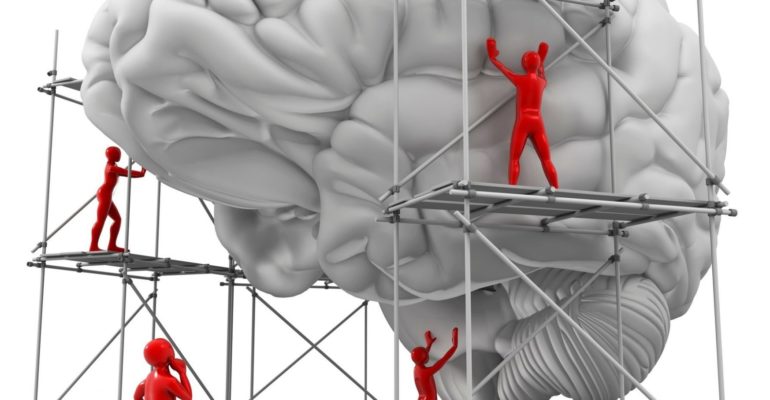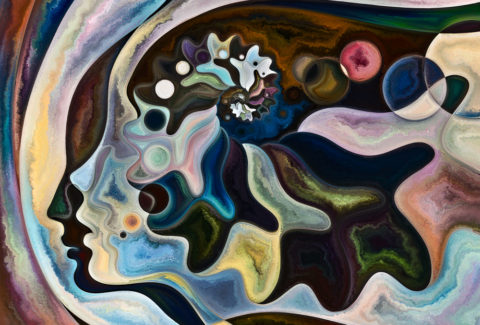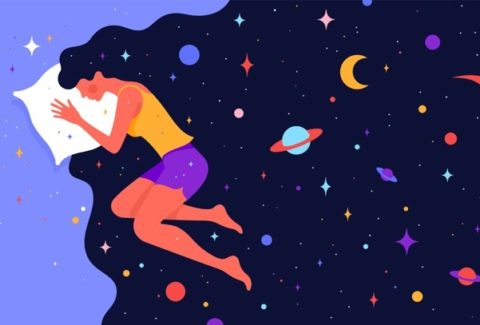The 2 Systems in Our Brain

The 2 Systems in Our Brain
In a previous article, entitled, “I Know A Lot, Yet…” we talked about Marlene, who explained to her therapist, Rajvee, how despite all she knows, it doesn’t seem to be making much of a difference. Marlene explained that despite having tried a number of treatment modalities, and knowing what to do, she either does not do them, does not stick with them long enough, or they, “just don’t work.”
Rajvee, patiently explained to Marlene how what’s going on with her has to do with blocks. The article then started to look at what Rajvee meant by that, which we are going to elaborate on here.
As previously explained we often like to think that we are rational, logical, conscious, and aware when it comes to decision making. Yet, we are not. Rather, our unconscious mind primes, influences, and determines what we end up doing as cited in the study led by the neuroscientist John-Dylan Haynes [1]. Similarly, the 2002 Nobel Prize Laureate, Daniel Kahneman pioneered the current state of a deeper understanding of how we work. Kahneman says that our brain makes use of two systems. One system is automatic, reflexive, on autopilot, and receives the name System 1; while the other system is voluntary, effortful, rational, and logical, and receives the name System 2.[2]
Being automatic, reflexive, and on autopilot, System 1 works quickly, requiring very little effort, if any at all, and operating regardless of any type of voluntary control. On the other hand, System 2 requires voluntary control, logic, reasoning, focus, and attention. A concrete way to fully grasp this is to regard System 2 as our intellectual understanding; and System 1 as our experiential understanding. As such, what we need to get is that our decisions are almost always made by System 1 and then passed to System 2, at which point it comes to our awareness. The experience we have is that we have made the decision consciously, when in fact, we have not. However, since we experienced that we have consciously made the decision, we are left with the unconscious tendency to justify it, rationalize it, or explain it.
This, in fact, explains why:
- We know what to do, yet we decide to not do it
- We want to do something, yet we decide to not do it
- We start doing something that we want to do, yet we decide to stop doing it
- We do what we think will work; yet, we are still not getting the type of result we desire
What is the solution to all this? Rajvee told Marlene that the solution is Conscious-unconscious alignment. But what is this?
The word, “alignment” is defined as “a position of agreement or alliance.[3]” Conscious-unconscious alignment is simply that, having the conscious mind and the unconscious mind in a position of agreement or alliance. As you may be thinking, having such an alignment is obviously essential if we are to stop striving and start thriving – and by this, we mean, in every single aspect of our lives.
Would you like to master this area of competence and help yourself, your loved ones, and your clients shift their lives despite having tried so many interventions to no avail? If so, check out our next article in this series: I Want Something Different
[1] Smith, K. Brain makes decisions before you even know it. Nature (2008). https://doi.org/10.1038/news.2008.751
[2] Kahneman, Daniel, 1934- author. Thinking, Fast and Slow. New York: Farrar, Straus and Giroux, 2011.
[3] “Alliance Definition and Meaning: Collins English Dictionary.” Alliance Definition and Meaning | Collins English Dictionary, HarperCollins Publishers Ltd, https://www.collinsdictionary.com/us/dictionary/english/alliance.








